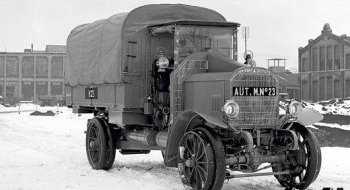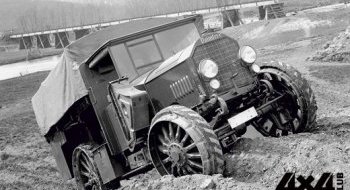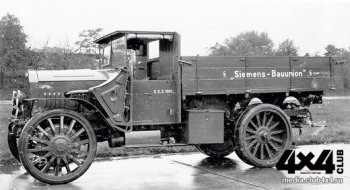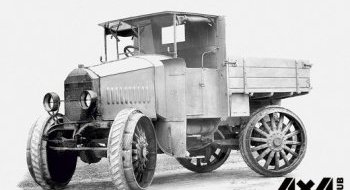
House On Wheels Everywhere From Germany
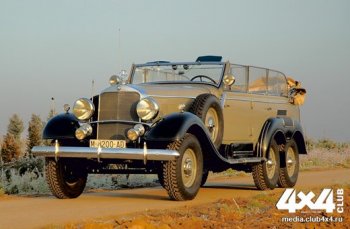 In a relatively short period of time, from 1907 to 1941, Daimler's 4x4 vehicles (from 1926 to Daimler-Benz) have travelled from slow tractors to technically sophisticated comfortible rims - the ideal predecessors of modern Mercedes ML...
In a relatively short period of time, from 1907 to 1941, Daimler's 4x4 vehicles (from 1926 to Daimler-Benz) have travelled from slow tractors to technically sophisticated comfortible rims - the ideal predecessors of modern Mercedes ML...
For the Minister of Colony. Mercedes Dernburg-Wagen (2007). Pay attention to the massive visor hanging over the hood. The driver ' s eyes were thus defended against an excessively bright African sun.
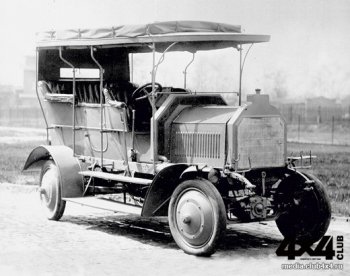 MINISTERS AND OTHER EXPERIENCES
MINISTERS AND OTHER EXPERIENCES
The first complete vehicle of Daimler-Motoren-Gesellschaft was built in 1905 under the direction of Engineer Paul Dymler, the founder ' s son. It was an Austrian army armoured with an engine of 50 l.s. A little later, Daimler collected two trucks for the German army. They have successfully completed all tests but have not been adopted.
The German Ministry of Colonys then ordered Daimler-Motoren-Gesellschaft (DMG) a special vehicle designed exclusively to travel on the ground. The automobile was intended personally by the German Minister of Colonies Berngard Dernburg for business trips to German South-West Africa (Namibia).
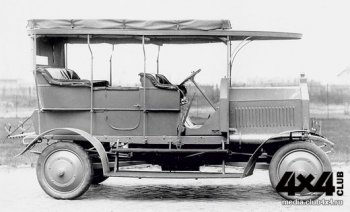 In 1907, the SUV was ready. He was assembled on the lorry frame (base 4 meters) and he looked like a light car, but very large. At a length of 4.9 metres, it was at a height of 2.7 metres and had to be constructed of a double-deck foot. The loaded mass of the new “colonial everywhere” was 3.6 tons. The roadlight reached 320 mm, which, by the way, was not a very special wheel during the time of the pervasive exercise. In the meantime, the gearbox cartridges in the middle covered the steel shield.
In 1907, the SUV was ready. He was assembled on the lorry frame (base 4 meters) and he looked like a light car, but very large. At a length of 4.9 metres, it was at a height of 2.7 metres and had to be constructed of a double-deck foot. The loaded mass of the new “colonial everywhere” was 3.6 tons. The roadlight reached 320 mm, which, by the way, was not a very special wheel during the time of the pervasive exercise. In the meantime, the gearbox cartridges in the middle covered the steel shield.
The car, which later became known as Mercedes Dernburg-Wagen (in the name of the owner), was marked by a dependent subway with pushing triangle reagents which, through the balls, were attached to the gearbox card. The four-cylindrical motor of 6.8 litre has developed a fully decent power of 35 litres for those years at 800 /min. That, by the way, was enough to get down to 40 km/h on the flat road. At the same time, the cooling system, which consisted of two radiators and two large recivers between them, included 140 litres of water. As a result, the engine was not overheated at any temperature even during the hourly journey at the speed of the pedestrian on the sand.
